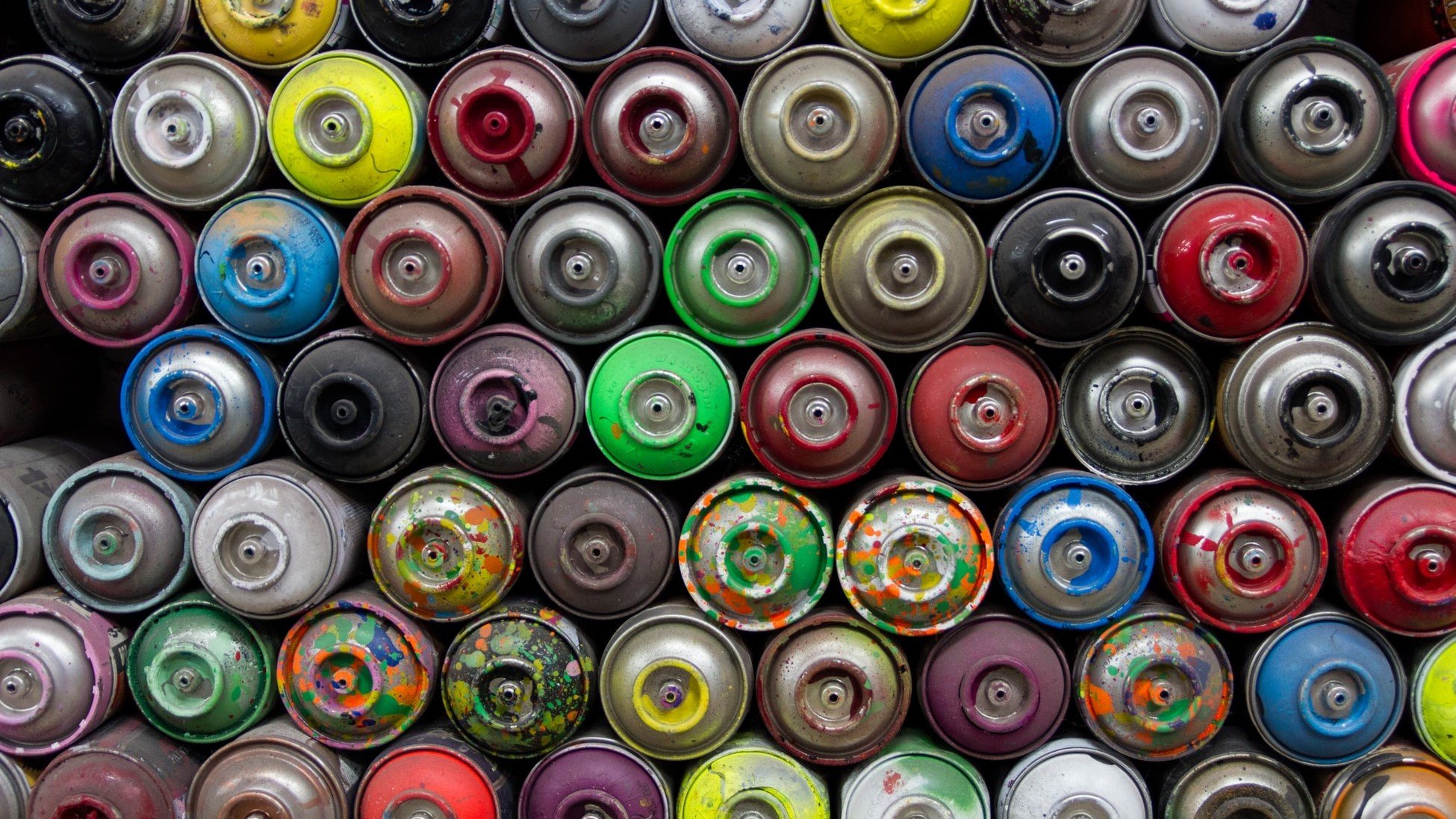Newsletter
When discussing air quality, TVOC has always been the elephant in the room. Despite the importance of the topic, it seems that no one has done a great job explaining what it is and how it's measured, so we want to take a stab at it. Put on your seatbelt, because wrapping your head around TVOC can be a bit of a mental rollercoaster!
To begin our TVOC journey, let’s start off with a simple question: What is TVOC?
Well, VOCs, or volatile organic compounds, are a group of thousands of organic chemicals that evaporate at low temperatures. So, TVOC is just “total volatile organic compounds”, right? It’s “all the VOCs added up together.”
Unfortunately, the answer isn’t quite that simple.
Most pollutants are extremely easy to define - ozone is three oxygen atoms. SO2 is a molecule composed of one sulfur atom and two oxygen atoms. Even particulate matter, with all its different flavors can be defined in one simple phrase (particulate matter with an aerodynamic diameter less than 2.5µm). But what exactly is TVOC?
Wikipedia dedicates an entire subsection JUST to the definition of TVOC. The simple answer is that there is no consensus around how TVOC should be defined. There are literally thousands of VOCs, and countless national bodies, governments and organizations have created their own lists of VOCs to be included in their TVOC definition.
Why Can’t We Agree on One TVOC Definition?
To understand this, let’s take a look at some “air quality folklore”. Back in the 1970s, Sick Building Syndrome (SBS) suddenly surfaced in the general public consciousness. Workers in large buildings with no windows and poor ventilation were feeling sick, uncomfortable, and unproductive. Measurements of air quality were taken, and high levels of VOCs were identified as one of the biggest contributors to this problem.
Now imagine that two researchers (Bob and Anne) from two universities decide to carry out research on ventilation and the removal of VOCs in an office building. They decide to take a series of VOC measurements, implement a new ventilation system, and then take another series of measurements after a month has passed. They expect the ventilation to improve the air and reduce VOCs.
Back in the '70s, VOCs were measured by taking samples of air and submitting them to a lab for spectroscopic analysis. There are literally thousands of VOCs that could be tested, but testing each and every one of them is clearly impractical. Bob and Anne will have to choose a selection of VOCs to measure, rather than sending 10,000 samples of air to a lab and running years of analysis.
While Bob and Anne might both be carrying out tests in the same office building, due to differences in their equipment, budget, and research focus, they might choose a slightly different set of VOCs to measure. What this means is that in their research and results might look something like this:
Bob's Results:
|
Before |
After |
Change |
|
|
Formaldehyde |
321 |
102 |
-219 |
|
Benzene |
108 |
78 |
-30 |
|
Toluene |
89 |
88 |
-1 |
|
(Imagine 47 other VOCs) |
|||
|
Total VOCs |
602 |
306 |
-296 |
Anne's Results:
|
Before |
After |
Change |
|
|
Formaldehyde |
316 |
100 |
-216 |
|
Benzene |
92 |
54 |
-38 |
|
Toluene |
87 |
86 |
-1 |
|
(Imagine 47 other VOCs) |
|||
|
Total VOCs |
782 |
452 |
-330 |
A research paper like this might look at 50 different VOCs, so for convenience, Bob and Anne have both totaled up the VOC concentrations at the bottom and named this value “TVOC”. After all, they are concerned with the overall change in air quality and looking at one row is a lot easier than looking at 50 individual rows!
And here lies the problem… Bob has defined TVOC in his paper, and Anne has done the same in her paper. We now have two different definitions of TVOC out in the wild! Bob and Anne might have taken measurements from the exact same rooms, and have submitted them to the exact same lab for analysis, but because of their differences in definition and compounds analyzed, their TVOC values are very different.
So what is the point of all this, if we can’t agree on a definition?
I said this was confusing, right? The reality is that while there are slight discrepancies in the way TVOC is defined, it still serves a very powerful purpose - it provides a single number to quantify the air quality with regards to VOCs. Indoor air is always composed of different VOCs. Having a single number to represent them all is incredibly useful. Just like the readers of Bob and Anne’s papers, if we had to look at 50+ compounds to understand if the indoor air is good or bad, we would probably all go insane.
Existing TVOC Standards
Luckily, several standards have emerged based upon research on the VOCs typically found in indoor environments. For example, ISO 16000-29 defines a “VOC mixed gas” comprised of 40 individual compounds. This is a standardized gas mixture used to simulate typical indoor air. Mølhave et al. defines a “Typical IAQ Mix” of 22 VOCs at concentrations similar to those determined on average in residential indoor environments.
While a TVOC sensor may be responsive to many thousands of VOCs, the output can be adjusted or set so that a ppb output can be mapped to a defined mix of gases. Kaiterra products are designed to accurately represent the Typical IAQ Mix as defined by Mølhave et al. This provides an excellent representation of the typical indoor environment, and provides for straightforward conversion from ppb to µg/m3, if required.
Knowing how the sensor behaves against this Typical IAQ Mix also means that it is possible to accurately attach health effects and “safe levels” to the different concentrations of TVOC. There is extensive research on the effects of VOCs on health and productivity, and since the TVOC sensor’s response is mapped against a known IAQ Mix, the sensor response can provide an excellent indication of the safe level of TVOCs.
While there isn't a consistent definition for TVOC, it's known that VOCs have short-term and long-term adverse health effects.
For more information on TVOCs and other common indoor air pollutants, download our free eBook, Indoor Air Quality 101 below. We’ll run through the key concepts you need to know to understand air quality, and how to start planning your monitoring and improvement strategy:
Kaiterra provides air quality monitors and an IAQ analytics dashboard for healthy buildings and offices, helping workplace leaders and healthy building pioneers assess and improve their indoor air quality. Our indoor air quality monitors like the Sensedge and the Sensedge Mini can be found in many of the world’s most iconic buildings and workplaces, such as the Empire State Building and the Burj Khalifa.






.png?width=200&height=148&name=Menu%20C%20(2).png)

.png?width=307&height=228&name=Menu%20-%20D%20(1).png)
.png)





